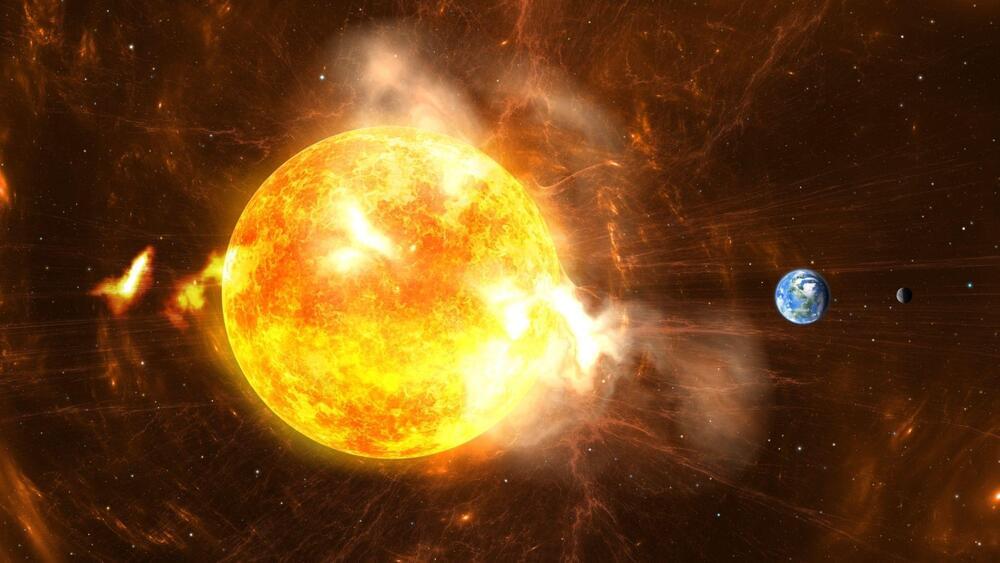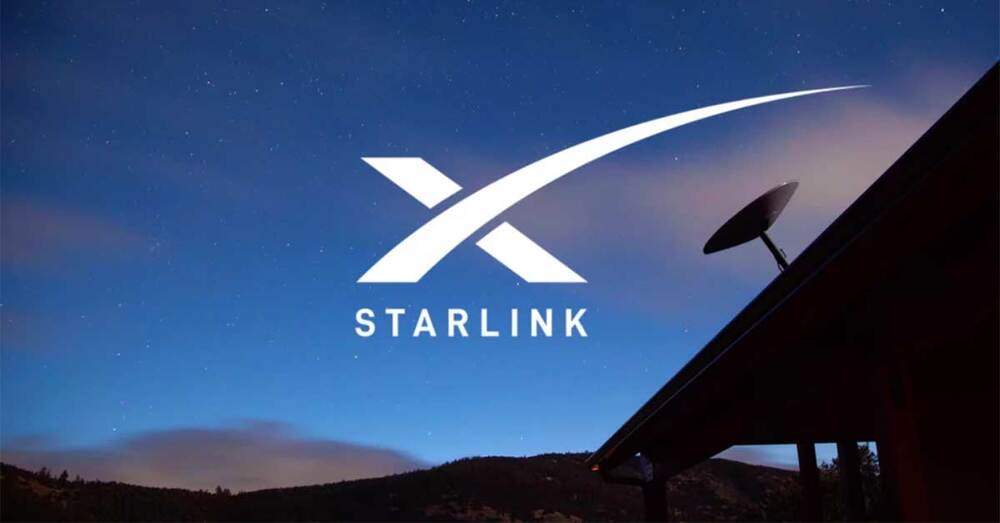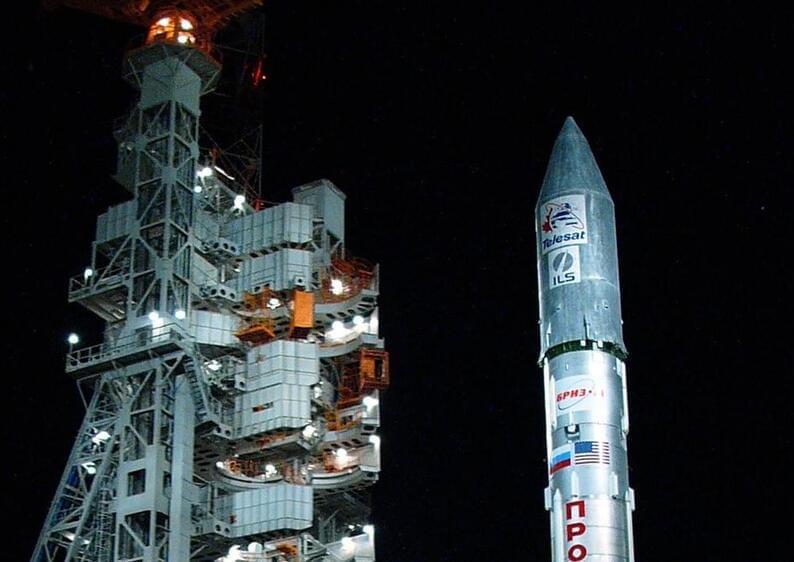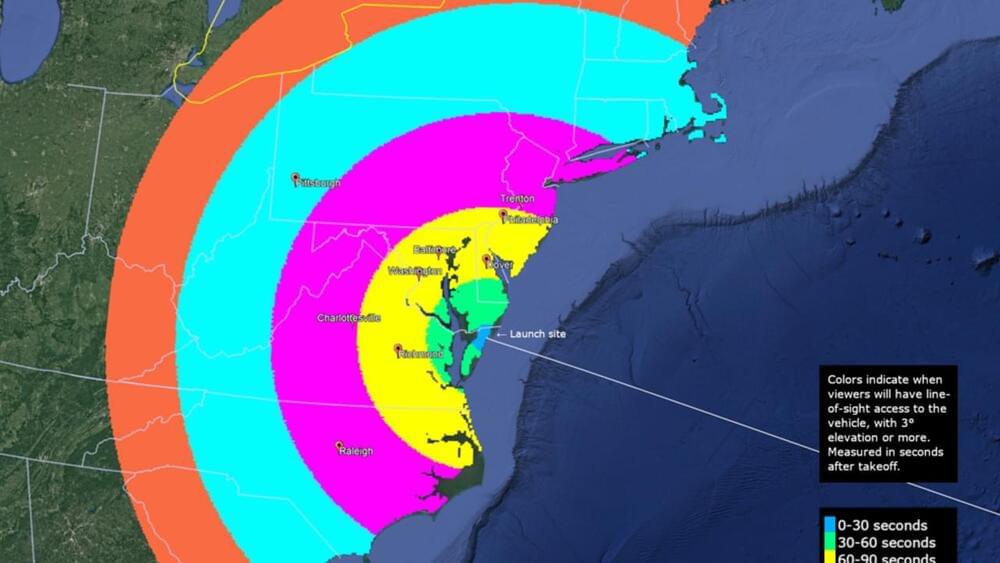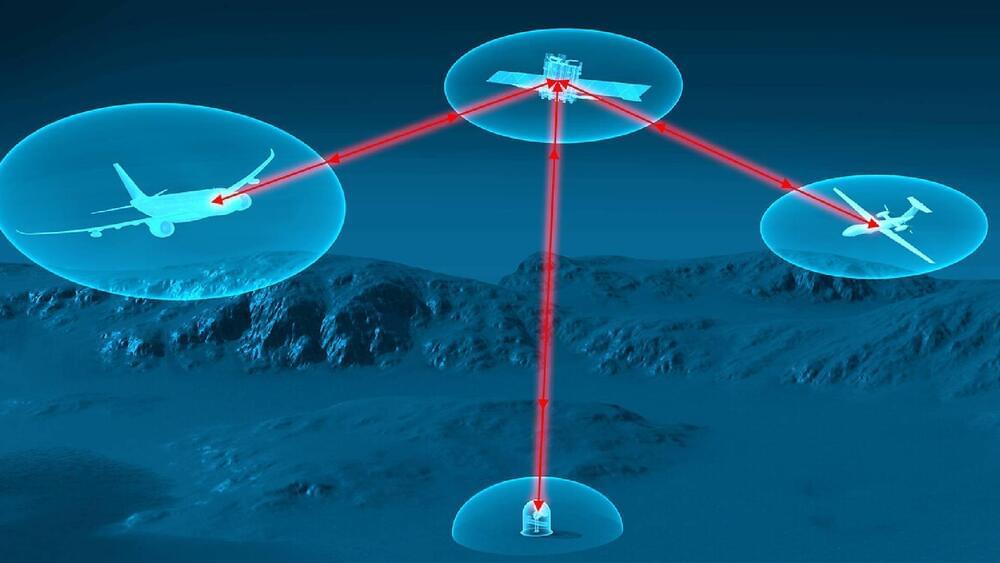For years the dream of competition in the world of home internet has been just that; a dream. Now in 2023, we are starting to see it become a reality. Wireless internet from places like T-Mobile and Verizon has come on strong recently. New faster satellite internet from SpaceX, and fiber internet have all expanded recently, meaning many Americans who may have had two options in the past now have 4 or 5 options.
Now Amazon wants to join that list by offering high speed internet from space, similar to SpaceX’s Starlink service.
Here is everything we know about Amazon’s new home internet service:


